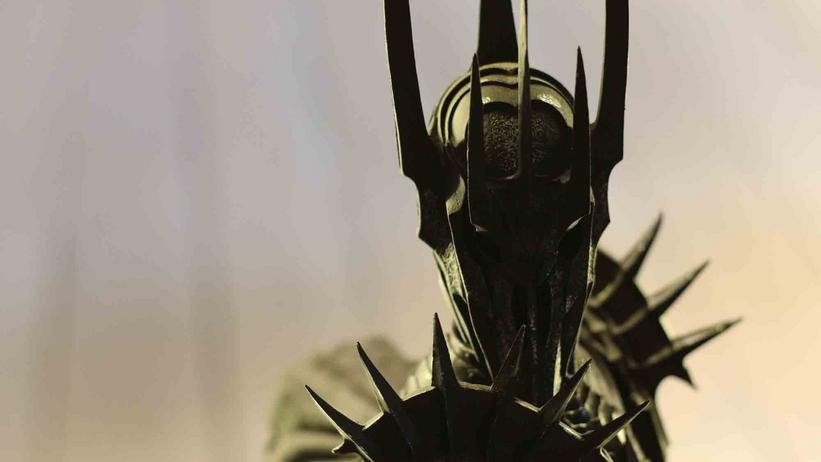
The living dead
Not all the kingdoms that have fallen rise again. In Tolkien’s universe, we are told about the kingdom of Angmar, whose king is now the leader of the Ring-wraiths (the Witch-King), and of other earlier empires that have disappeared. In The Return of the King, Aragorn seeks the help of a ghost army. The army consists of the condemned, who broke an oath to King Isildur.
Such ghost armies are also found in the medieval sources, where they play a significant role in battle. English chronicles from the 12th and 13th centuries tell of the living dead who almost move into or seize abandoned churches and villages. A common European myth is the story of the Wild Hunt which, in a Norman version from the 12th century (Orderic Vitalis chronicle), is about a regular ghost army. In Denmark, the story is linked to Valdemar IV (1340–76) and his wild hunt around the ruins of Gurre Castle, where the king cursed a knight with his hunting party due to a blasphemous remark.
However, the ghost armies could also intervene positively in the battles, determining the outcome to one side’s advantage, according to the Chronicles of the Crusades from the early 12th century, which tell of how a white angel army comes down from the sky and helps the Christians to victory. Stories were also told in the trenches during the First World War, where Tolkien also fought. The sagas contain a poem about how the waves in front of Olaf Haraldsson’s ships on their way to the Battle of Stiklestad resembled an army of angels, who sped off in front of the ships.
